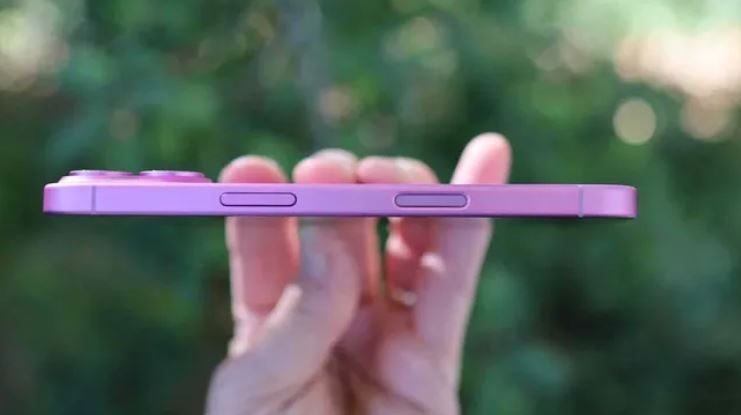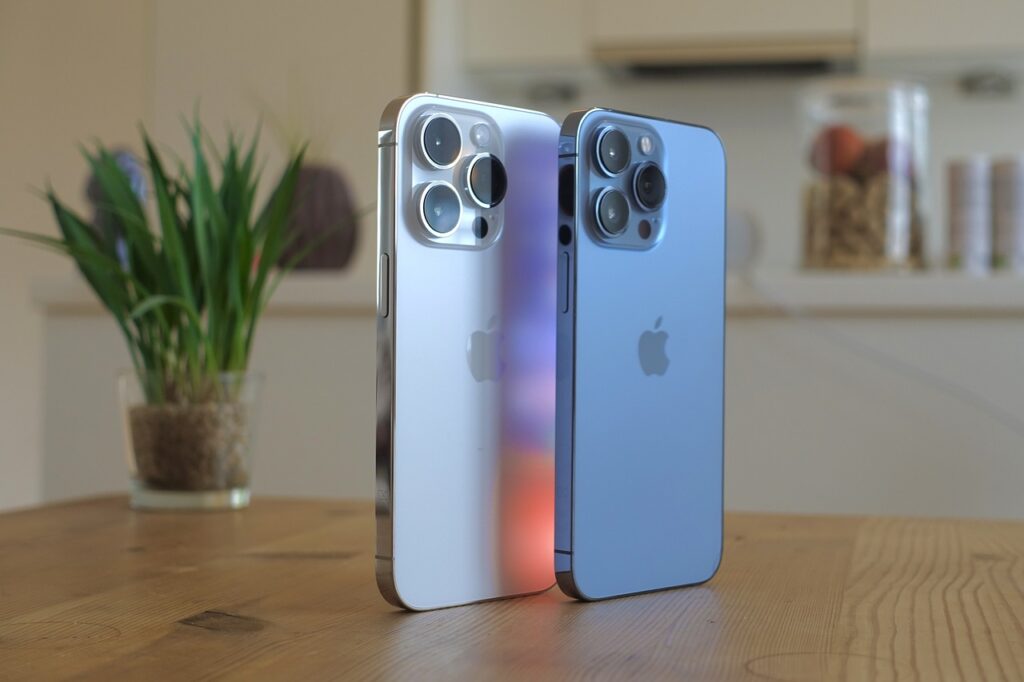
The Truth About iPhone 17 Air and Galaxy S25 Slim: Will They Actually Be Slim?
November 11, 2024While the anticipation around slimmer, sleeker phones like the rumoured iPhone 17 Air and Galaxy S25 Slim has been building, recent leaks suggest they may not be as thin as initially promised. Both Apple and Samsung appear to have hit technical obstacles with battery technology that could impact the design and dimensions of these ultra-slim phones. Here’s everything we know so far about the limitations these flagship devices might face—and what it means for those hoping to get their hands on a genuinely thin phone.
Table of Contents
The Slim-Down Goal: iPhone 17 Air & Galaxy S25 Slim
Tech enthusiasts were thrilled when initial rumours suggested that both Apple and Samsung were working on ultra-thin models for their next flagship series. The iPhone 17 Air, rumoured to be part of Apple’s iPhone 17 lineup slated for a September release, aimed to redefine sleek design with a targeted thickness of around 6mm, substantially slimmer than its predecessor, the iPhone 16, which sits at 7.8mm. Likewise, the Galaxy S25 Slim, projected to launch early in the year, was set to be Samsung’s answer to the increasing demand for lightweight, streamlined devices.
However, leaks from sources like @Jukanlosreve and South Korean leaker yeux1122 indicate that these ambitious plans might have been thwarted, largely due to battery technology limitations.
The Battery Dilemma: Why Size Still Matters

The design strategy for both Apple and Samsung hinged on the ability to increase battery density, which would allow them to fit a smaller, high-capacity battery in an ultra-thin phone frame. Higher energy density would ensure that users enjoy decent battery life without sacrificing size. However, according to the leaks, neither company has been able to make the strides in battery tech that they were aiming for.
Here’s a breakdown of what’s been reported:
- iPhone 17 Air: Apple, unable to make its battery thinner and more efficient, will now reportedly use the same battery technology found in its current phones. This means that rather than achieving its target thickness of 6mm, the iPhone 17 Air might end up only slightly thinner than standard iPhone models.
- Samsung Galaxy S25 Slim: Samsung reportedly hasn’t achieved the results it hoped for with its new battery tech either. While Samsung may still incorporate a different battery technology than in its current phones, it’s unclear if this will provide any tangible benefits in terms of battery life or slimness. Additionally, the Galaxy S25 Slim may be produced in limited quantities, hinting at the challenges Samsung might be facing in delivering on this design.
Will They Be Slim Enough to Matter?
With both devices reportedly falling short of their slimness goals, the question arises: will they stand out from their standard counterparts, or will the differences be negligible? For context, the current iPhone 16 model has a thickness of 7.8mm, so if the iPhone 17 Air’s thickness barely dips below that, it may not be the radical design evolution fans are hoping for.
The story may be similar to the Galaxy S25 Slim. If the new model’s thinness is marginal, it risks losing its identity as a “slim” alternative within the Galaxy lineup, reducing its appeal to those who prioritize aesthetics and portability.
So, What’s the Point?
If these ultra-slim phones are not drastically thinner, it could lead consumers to question their value. The main selling point of these “slim” models was their potential for minimalistic design, and if they can’t deliver on that, they may struggle to justify their existence—especially given the likely price premium for such “flagship” models.
That said, both Apple and Samsung are known for their ability to innovate and reframe product narratives. Even if the iPhone 17 Air and Galaxy S25 Slim aren’t groundbreaking in terms of slimness, they might still introduce other exciting features to justify their hype. But for fans eagerly awaiting a drastic reduction in thickness, it’s best to temper expectations until official announcements are made.
How Reliable Are These Leaks?
As with any pre-release information, it’s worth noting that these details are based on leaks and unconfirmed sources. We don’t have official statements from Apple or Samsung confirming the dimensions, battery technology limitations, or release plans for these slim models. Until we see verified information or hear from the brands directly, it’s wise to take these leaks with a grain of salt. Still, the reported battery struggles are in line with current technological challenges that companies face in their quest for thinner, high-capacity devices.



